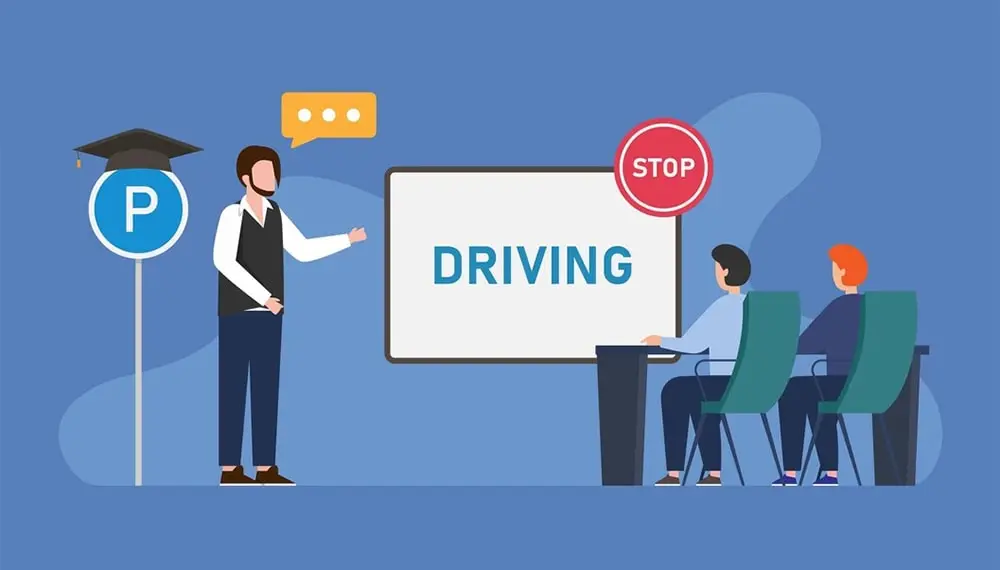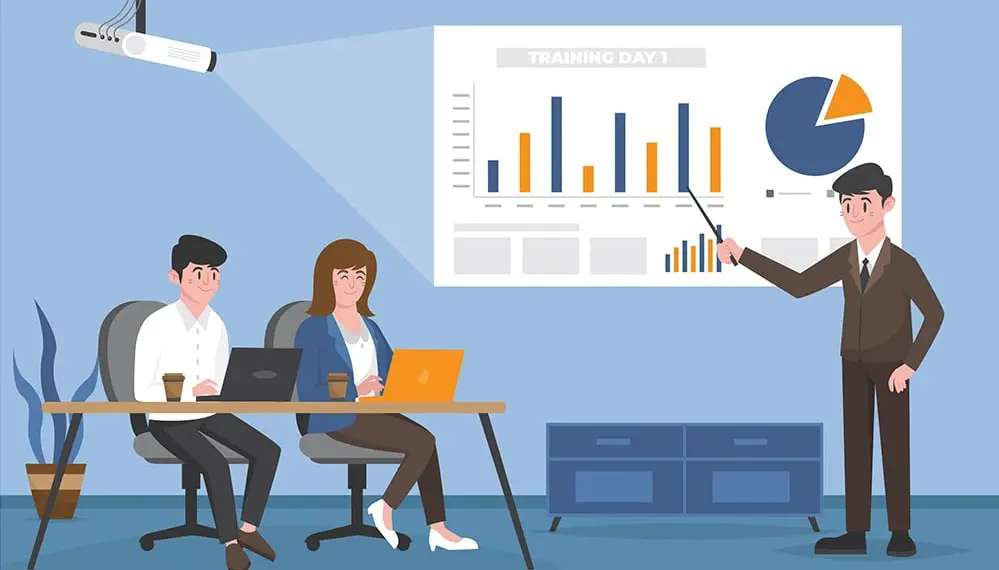Scenario-Based Learning Driving Skills Through Realistic Practice
Rohit Kumar
02 Jun, 2025

Traditional training methods often focus on conveying information, but true ability develops when knowledge is applied in context. Scenario Based Learning SBL effectively bridges this inherent gap by thoroughly immersing learners in authentic, contextually relevant scenarios that closely mirror the multifaceted challenges encountered within professional settings. Through active engagement in decision making processes conducted within secure and simulated learning environments, SBL cultivates critical thinking abilities, the acquisition of practical and applicable skills, and the development of confident and decisive action when confronted with real world situations.
For organizations aiming to move beyond theoretical knowledge to tangible performance improvement, SBL offers a powerful pedagogical approach. This article explores the fundamentals of scenario-based learning, its significant benefits, common formats, and practical steps for successful implementation.
What Is Scenario-Based Learning?
Scenario-Based Learning is an instructional strategy that places learners into specific, authentic situations requiring them to address challenges, make decisions, and see the consequences of their actions. Unlike passive learning methods, SBL demands active engagement.
Learners must analyze the context presented, apply their knowledge to navigate the challenge, and learn directly from the outcomes – all within a controlled environment where mistakes become valuable learning opportunities rather than costly errors. The core elements typically involve a realistic context, a specific challenge or decision point, and clear feedback based on the learner's choices.
Benefits of Scenario-Based Learning
Implementing SBL provides distinct advantages for both learners and organizations:
- Enhances Practical Application and Skill Transfer: SBL forces learners to move beyond theory and apply knowledge to real situations, significantly improving skill retention and the ability to transfer learning directly to real-world job tasks.
- Boosts Engagement and Motivation: Interactive, story-driven scenarios capture and hold learner attention far more effectively than static content. The relevance to real job challenges increases motivation and makes learning feel more meaningful and enjoyable.
- Builds Confidence in Decision Making: By allowing learners to practice making choices and navigating complex situations without real-world repercussions, SBL builds confidence. Learners can experiment with different approaches and understand the potential outcomes, preparing them to handle similar challenges effectively on the job.
- Allows Safe Exploration of Consequences: For tasks involving high stakes or complex interpersonal dynamics (like conflict resolution or safety procedures), SBL provides a crucial risk-free space to practice and understand the impact of different decisions.
Types of Scenario-Based Learning
Branching Scenarios
Branching scenarios present learners with choices that lead to different outcomes, simulating complex decision trees. For example, a branching scenario for a product manager might involve pricing decisions, with each choice affecting market share. This format sharpens critical thinking and adaptability.
Gamified Scenarios
Gamified scenarios incorporate points, badges, or leaderboards to boost engagement. A customer-facing team might earn points for resolving virtual client issues, making learning competitive and fun. Core Competency’s LMS supports gamified elements, enhancing learner enthusiasm.
Problem-Based Scenarios
Problem-based scenarios present open-ended challenges, requiring learners to analyze and propose solutions. For instance, a team might address a simulated supply chain disruption. This type fosters collaboration and innovation, ideal for leadership or technical training.
Steps to Implement Scenario-Based Learning
Creating impactful SBL requires thoughtful planning and design:
- Define Clear Learning Goals: Start by identifying the specific skills or decision-making capabilities you want learners to develop. What should they be able to do after completing the scenario? Clear objectives guide all subsequent design choices.
- Develop Realistic Scenarios: Craft situations that accurately reflect the challenges, context, and complexities learners face in their roles. Use real-world examples or data where possible to enhance authenticity and relevance.
- Design the Scenario Framework and Interactivity: Map out the scenario flow, decision points, potential choices, and corresponding consequences or feedback. Incorporate interactive elements that require active input from the learner.
- Incorporate Feedback and Reflection: Provide clear, constructive feedback immediately following learner decisions. Explain why certain choices led to specific outcomes. Encourage reflection on the decision-making process itself.
- Implement Deploy and Iterate: Deliver the SBL module, often through a Learning Management System (LMS). Monitor learner progress, gather feedback, and analyze performance data. Use these insights to refine and improve the scenarios over time.
Core Competency—Your Partner in Scenario-Based Learning
At Core Competency, we empower your organization to truly unlock the potential of Scenario Based Learning through our seamlessly integrated tools and expertise. Our advanced Learning Management System LMS acts as the strong backbone you need to deliver, track, and manage even the most intricate and interactive training experiences, including those clever simulations built with SCORM.
Beyond just delivery, our assessment tools can be woven in to see firsthand how learners make decisions within those realistic scenarios, giving you real insights into their skill levels. Plus, our team of custom eLearning experts specializes in crafting engaging and effective SBL modules designed specifically for what you need.
And with our graphic design talents, we create those immersive and visually rich scenarios that really grab learners and make the training stick. Ultimately, we're here to help you build training that directly translates into better job performance and a more confident workforce.




